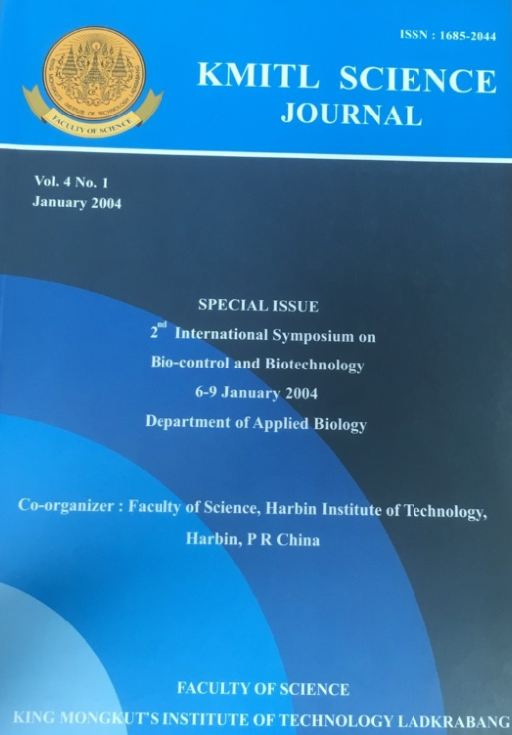Yams (Dioscorea spp.) are an important food in West Africa and Nigeria alone produces 21,814 million tons of yams per year, making it the worlds largest yam producer. It is estimated that after six months in storage up to 56% of the crop is lost due to rot. The losses due to bacteria and fungi were determined in this study, and use of biological control agent for reduction of pathogens of yams in storage was compared with the popularly used chemical fungicides. Limited work has been done on the use of plant leaves extract or antagonistic microorganisms for the control of yam tuber rot in storage. This study demonstrated that surface of harvested yam can be manipulated to get antagonist that can control yam pathogens. Biological control, where effective, is cheap, usually persistent and not toxic to workers using the method. The excellent tuber surface vompetence of some biological control agents such as Trichoderma viride Pers. ex S.F Gray is clearly shown by its lasting residual effect on tuber surface of yams in storage barns and this renders unnecessary the costly repeated respraying used in chemical pesticides. The simplified method of application of the bioagent and the outstanding control of the storage disease attained, recommends biocontrol approach to low resources yam farmers in Tropical Africa and elsewhere.
Keywords: Biocontrol, Chemical, curing, low temperature, plant extracts, Nigeria, yams.
Corresponding author: E-mail: okigborn17@yahoo.com
Okigbo, R. . (2018). A Review of Biological Control Methods for Post Harvest Yams (Dioscorea spp.) in Storage in South Eastern Nigeria. CURRENT APPLIED SCIENCE AND TECHNOLOGY, 207-215.

https://cast.kmitl.ac.th/articles/151921